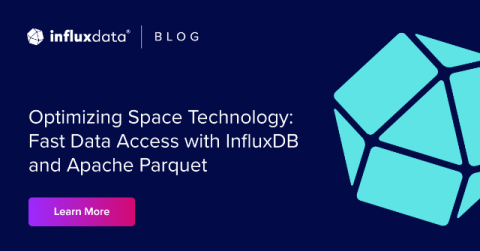What Is Load Balancing?
Load Balancing is the process of distributing network traffic among multiple server resources. The objective of load balancing is to optimize certain network operations. Ensuring that a workload is spread evenly among the computing resources, this “balanced load” improves application responsiveness and accommodates unexpected traffic spikes — all without compromising application performance. Let’s take a deeper look at this important networking function.











